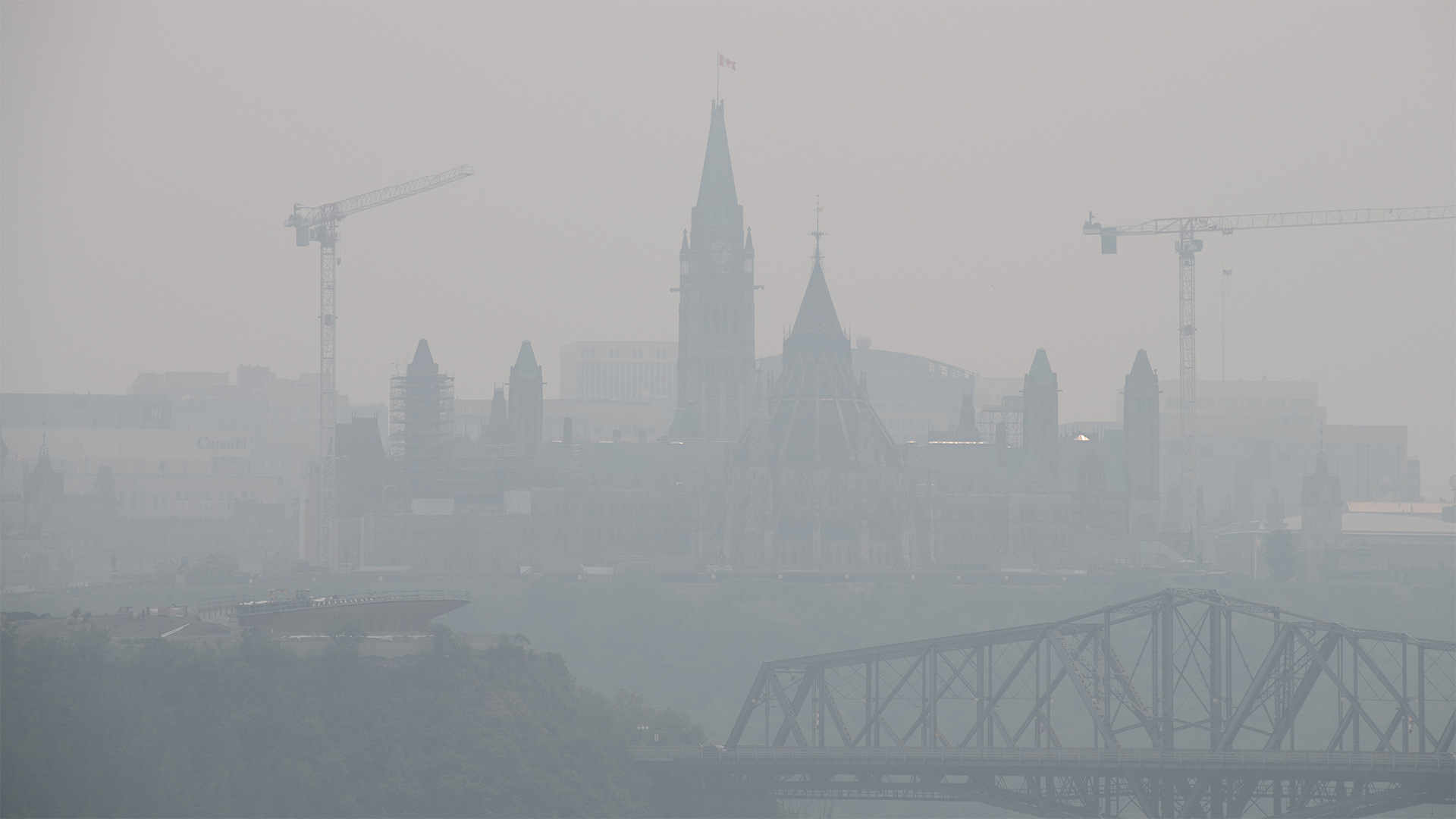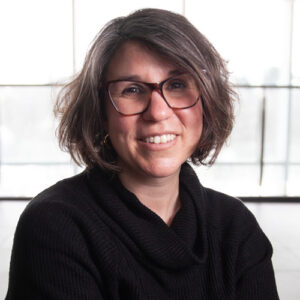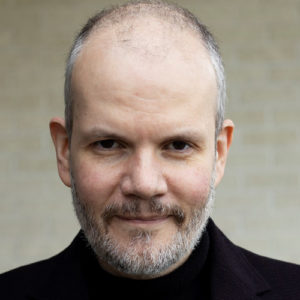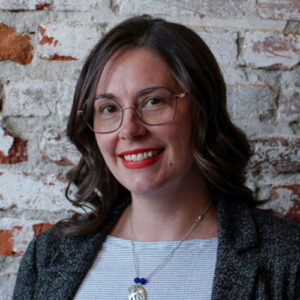
Smoke hung over Ottawa and many Canadian cities in June as hundreds of wildfires burned across the country. For those setting policy in the capital, the haze underlined overlapping demands to fight flames and keep people safe across provinces and territories.
Heavy smoke is relatively rare where public policy is debated and designed, in Toronto, Quebec City, Montreal and especially Ottawa. Researchers have even described the Great Lakes region as a “climate refuge” or the destination of choice for those who have the independent means and mobility to move away from risky areas.
But the climate is changing in the Great Lakes region, too. If policymakers were to listen to the stories of people in areas where climate disasters are more frequent, including in Indigenous or marginalized communities, they could learn a lot. There are important lessons in these stories – whether it’s about action plans during wildfires and flash floods, or government responses during heat waves – that could inform government policies.
Collecting and sharing a range of stories and potential solutions is a goal of the Climate Disaster Project.
Journalists and researchers from around the world who are part of the project have gathered 128 eyewitness accounts, interviewing people about their experiences living through wildfires, heat domes, floods and other extreme events that are happening with greater frequency and force as the world climate changes.
In sharing survivors’ “as-told-to” stories in their own words, we aim to unearth shared experiences despite differences in geography, politics, language and culture.
We also aim to articulate potential policy changes from the ground up. This is a vital matter of environmental and policy justice. Decision-makers must not just hear but also listen to the stories of those directly affected. Listening is a necessary step toward transformative change and it is not limited to the workings of Parliament Hill.
In sharing their experiences with climate disasters, survivors shed light on policy gaps and response gaps as well as avenues for potential change at all levels of government – local, regional, Indigenous, provincial, federal and international.
Through each story, we learn more about the needs and hopes of people at the cusp of this new age of disaster.
We heard from Langley, B.C. fishing guide Jordi Williams about the need for a quicker government response to the kind of flooding that happened in southern British Columbia in 2021.
We heard from Edmonton pizza delivery driver Jack Farrell about the need for emergency government funding so low-income people can keep themselves cool during the kind of heat waves that happened throughout western North America in 2021.
We also heard from retired Lytton, B.C., shop teacher Ken Pite about the need for more greenery to cool communities like his, which was devastated in a 2021 fire.
And we heard from radio-station manager Racine Jeff about how the Tŝilhqot’in National Government has bolstered its disaster preparedness following the 2017 British Columbia wildfires, which Tl’etinqox Chief and Council decided to stay and fight in the face of RCMP opposition.
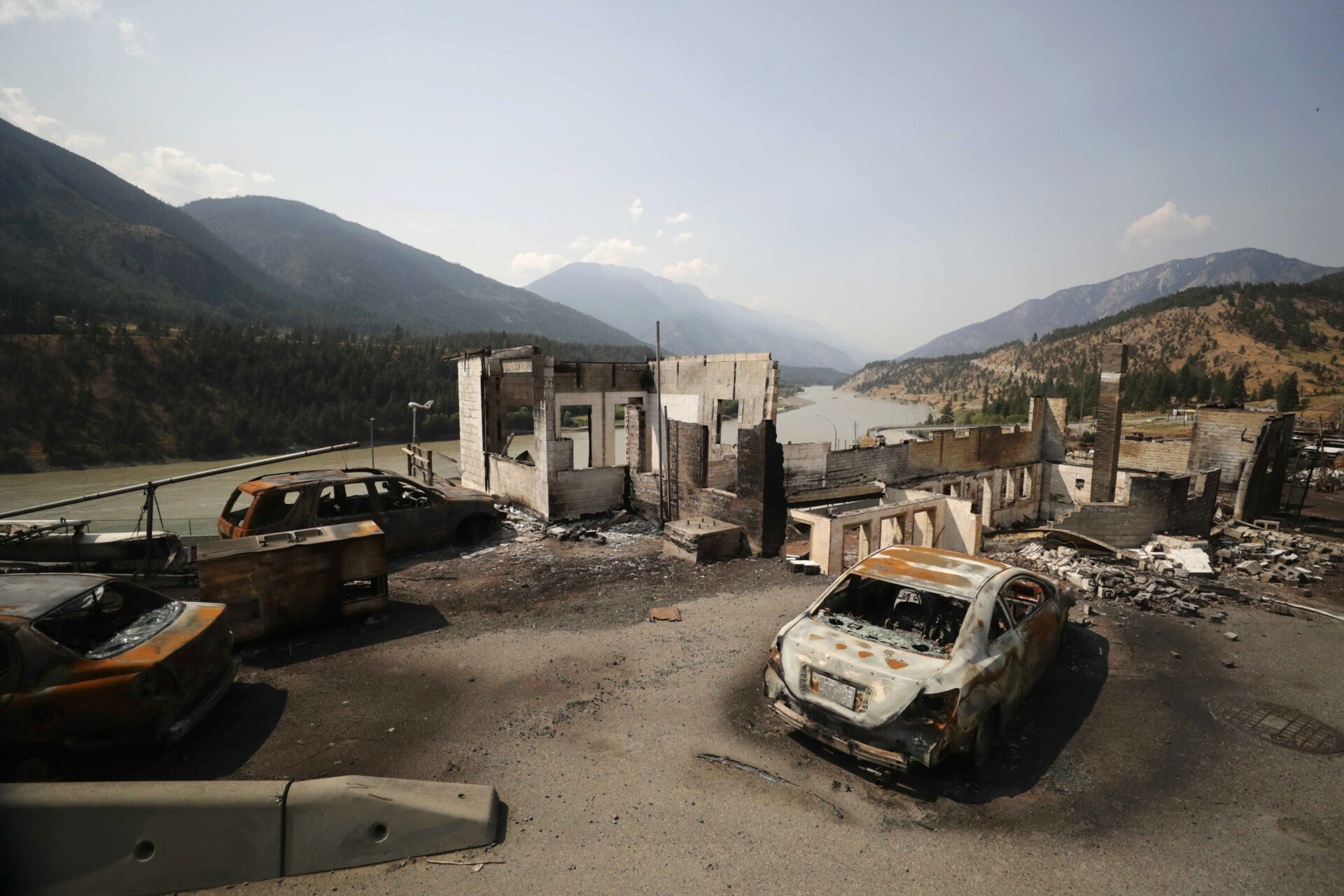
This is slow work. Hours are spent with interviewees as they reflect, share memories and their stories of returning home, rebuilding, finding things they thought were lost, and leaning on family, friends and community members.
Each story is different. For example, a recent investigation by Francesca Fionda showed Indigenous people in British Columbia were more likely than non-Indigenous people to be displaced by fires, floods, landslides and sinkholes.
This is not the only pattern identified. Survivors raise questions about how local governments can be better prepared to respond to disasters, and they speak about how governments have failed to respond.
Their stories illustrate the importance of communicating with residents before, during and after a disaster, and how the co-ordinated efforts of politicians, policymakers and emergency responders demand constant reassessment.
Survivors also share questions about the future. If one summer was bad, what will the next be like? They might ask what their grandchildren’s and great-grandchildren’s lives will look like. They also might express hope or optimism about finding ways to live alongside and through disasters.
Not everyone we meet is on the same page. Not everyone attributes the disasters they have experienced to climate change. Not everyone has been similarly affected by those disasters. The risks to lives, loved ones and livelihoods are shared unevenly, and not everyone lives with these risks again and again.
But everyone we have met has a powerful lived experience, making them knowledge-bearers of what it will mean to live in an increasingly warming and precarious world.
Put out wildfires before they begin with Indigenous fire stewardship
University of British Columbia researcher Sarah Kamal has argued that policies designed to address climate-disaster displacement must be informed by people on the ground. She suggests “reactive and top-down responses have often caused more trauma to communities.”
Working with people to document their personal stories of living with climate change contributes to finding and amplifying solutions in and across communities. The questions we hear and relay from survivors, and their shared experiences and hopes for the future, can provide points of departure for decision-makers to consider imaginative, community-responsive climate and disaster policies.
This spring, we found ourselves under hazy skies and an orange sun. Dust clung to outdoor surfaces and neighbours wore masks outdoors. It was a new reality for us. Even when the immediate danger passed, people were being warned it may not be over.
The greater fire risk remains in more vulnerable rural, remote and Indigenous communities. The mayor of Sept-Îles, Que., told his community that they will need to “learn to live with risk, since a fire of this magnitude doesn’t die easily.”
There are, and there will be, more stories to tell. Stories of massive power outages in Ottawa, storms on the East Coast and the effects of shorter, warmer winters. Through it all, we have an opportunity to find common ground in shared experiences of climate change.




